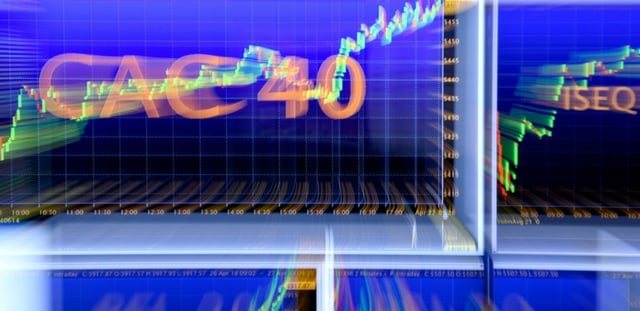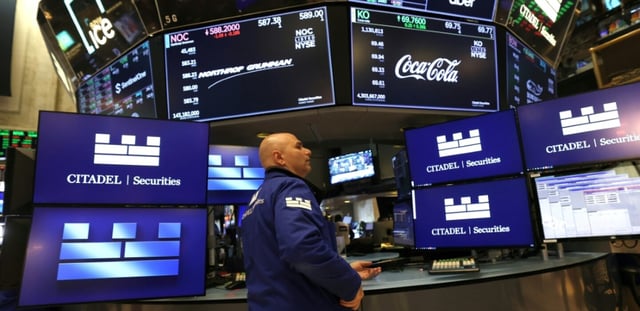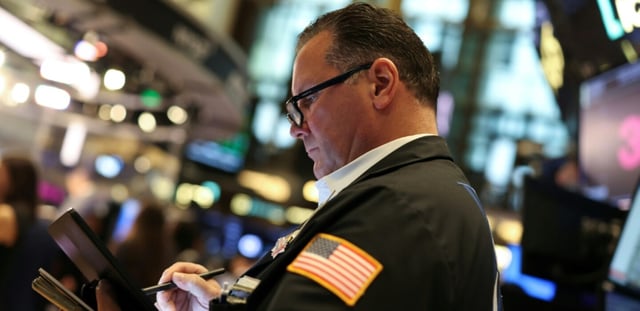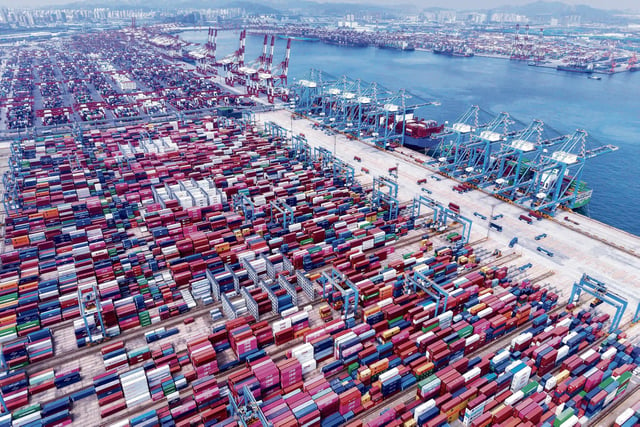Overview
- Effective August 7, the U.S. replaced its 10% universal surcharge with reciprocal tariffs ranging from 15% to 41% on goods from over 90 trading partners.
- The average applied U.S. tariff rate has climbed to 20.1%, the highest level since the 1910s, according to WTO and IMF assessments.
- Seven preliminary 15% tariff agreements with the European Union, Japan, and the United Kingdom hinge on exemptions and formal ratification.
- Separate presidential decrees maintain 50% duties on Brazilian imports and impose an initial 25% levy on Indian goods set to rise to 50% in three weeks.
- The administration is weighing further measures, including potential 100% tariffs on imported pharmaceuticals and semiconductors.



